


Mallards are common throughout the northern hemisphere where they inhabit practically any stretch of water, no matter how small.
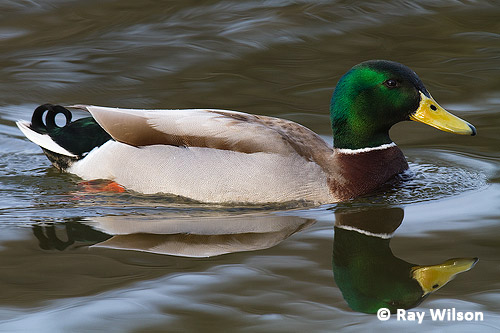
It is a very adaptable species, and readily takes up residency in urban areas such as village ponds and public parks. Probably because of this, it was easily domesticated and is the ancestral species of most domestic duck breeds present today.
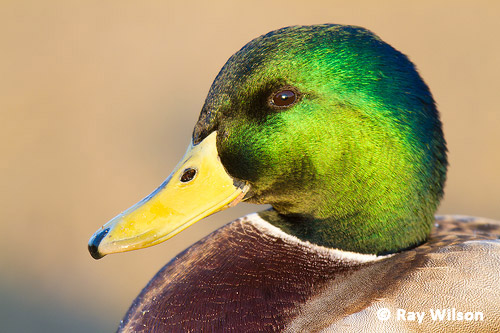
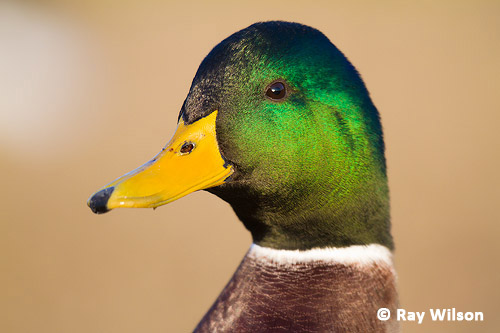
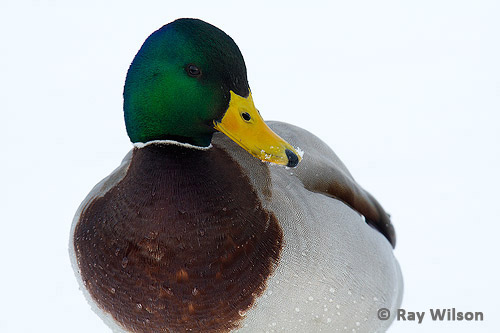
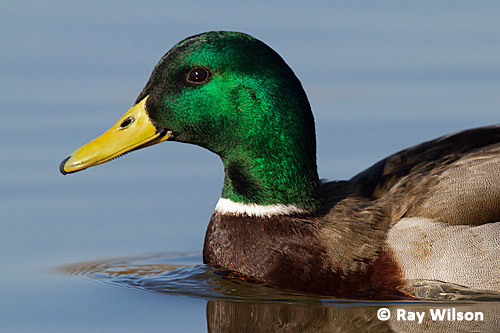

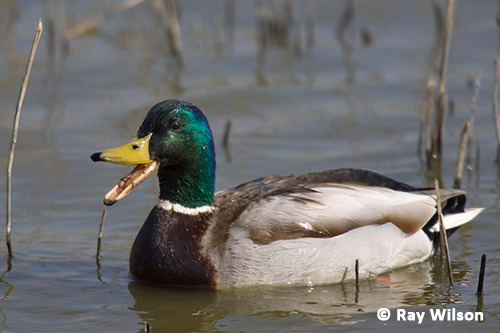

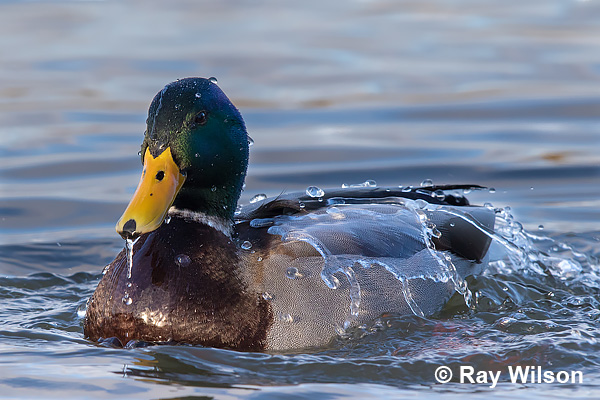
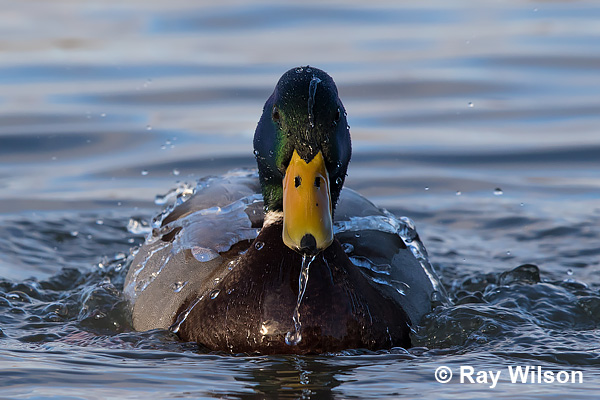
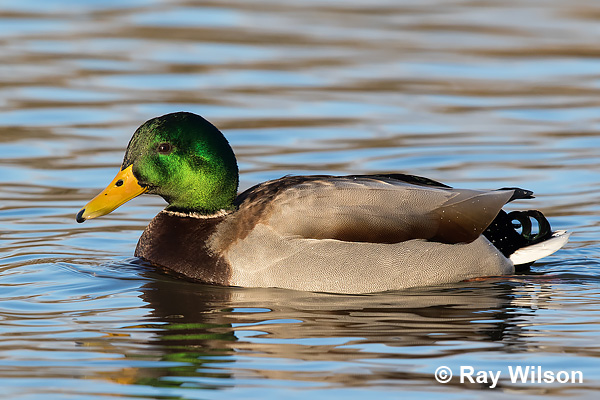
After the breeding season is over, the males moult into a temporary female-like eclipse plumage. The drab plumage allows them to be less obtrusive during the period when the flight feathers are being replaced.

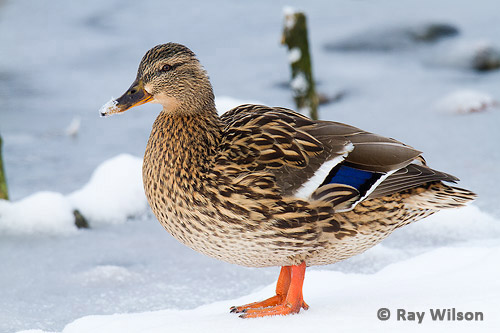
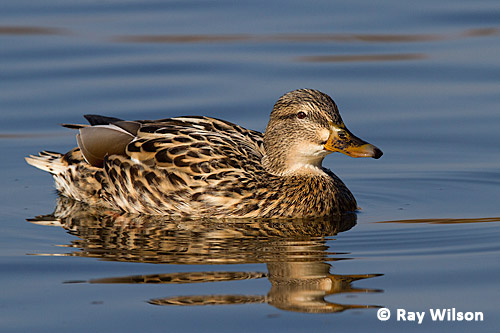
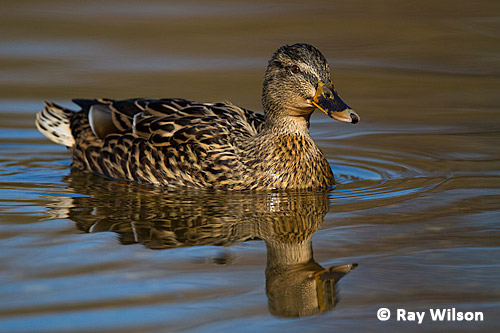

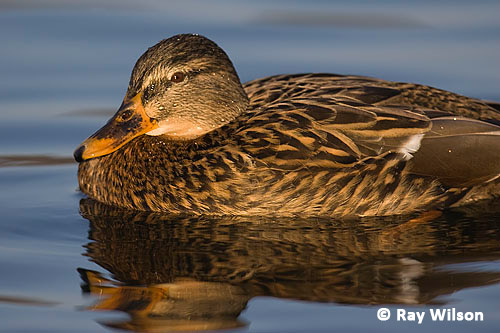
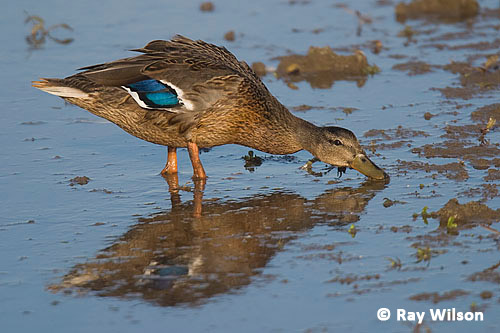
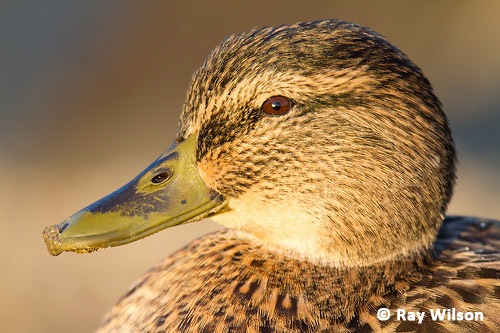
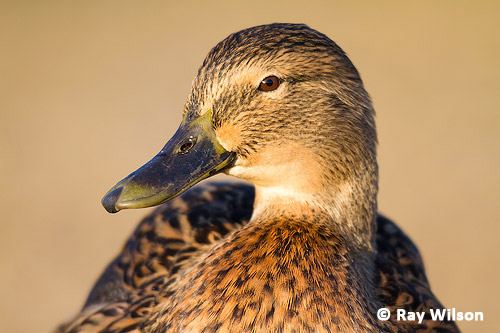
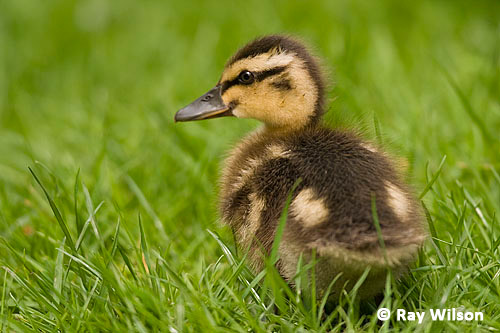
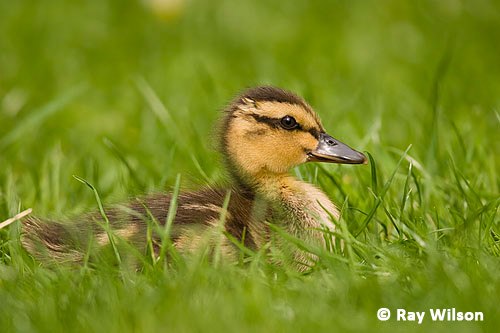
Ray Wilson owns the copyright of all images on this site.
They may not be used or copied in any form without prior written permission.
raywilsonphotography@googlemail.com